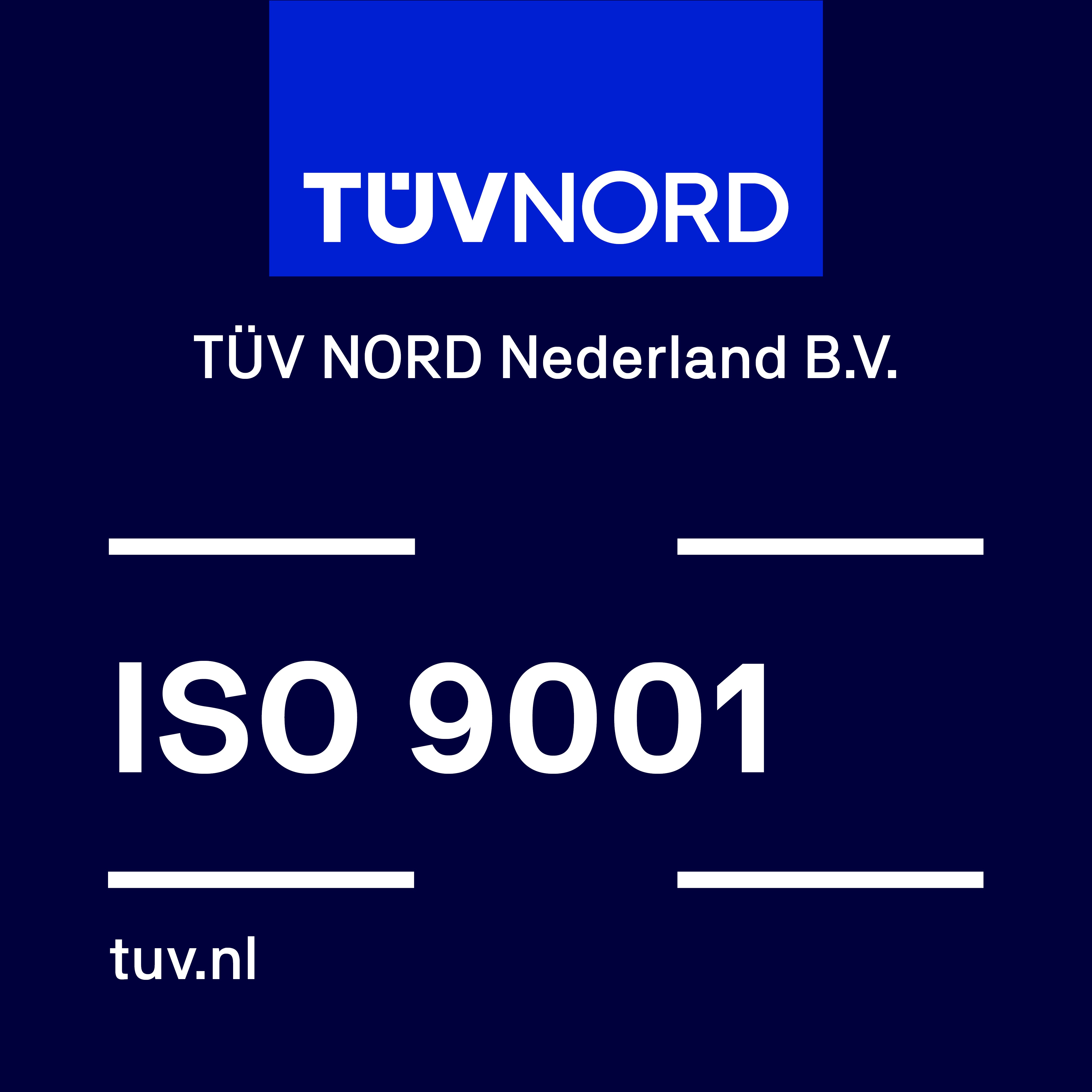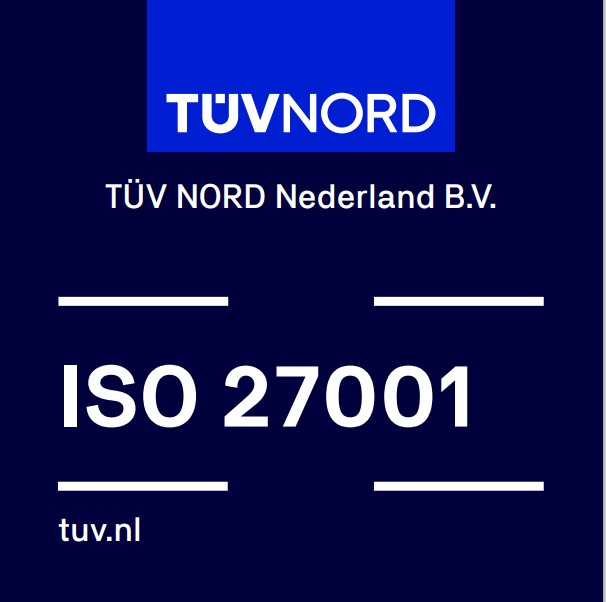Multicultural Personality Test - MPT-BS
Why a personality test?
Are you aiming for the right person in the right place? Then matters such as selection or adequate (study) career guidance are of great importance. This applies to the selection of employees who must fit within a certain organizational culture and the development of employee competencies, but also to students who want to choose a course that matches their capacities, interests and personality or the reintegration of job seekers. The personality test is a powerful tool for all these types of questions. It is also a good starting point for the process of self-reflection and personal development. For example, the MPT Big Six can be used well for drawing up Personal Development Plans for the (study) career. For example, if the 'Collaboration' competence is considered important in the position or for a particular study program, it is interesting to know whether the employee or student is more introverted or extroverted in terms of personality and how he / she can design his / her development plan accordingly.
Purpose
The purpose of the MPT-BS is to form an image of someone's personal qualities and the possible forces and pitfalls that accompany this. In the comprehensive report of the MPT Big Six, concrete conclusions are mentioned in the summary conclusions, but also the risks associated with certain scores.
This personality test from NOA maps the personal characteristics of someone on the basis of six personality dimensions with underlying scales. This is an extension of the now well-known Big Five model, a theoretically neutral model based on the occurrence of descriptive terms in the natural language. In the model used by NOA, individual differences are grouped into six dimensions. These will be explained below.
Six personality dimensions
- Emotional stability
The Emotional Stability dimension provides a picture of the overall well-being of a person. The dimension can be seen as a scale ranging from emotional lability to emotional stability.
- Extraversion
The Extraversion dimension provides a picture of the degree of external focus versus internal focus of a person. The dimension runs from introversion to extraversion.
- Conscientiousness
The dimension Conscientiousness gives a picture of the degree of discipline and adaptation of a person to the requirements of the environment.
- Openness
The Openness dimension gives a broad picture of how someone views new experiences and learning new things.
- Agreeableness
The Agreeableness dimension gives an impression of how someone feels about other people. How does someone deal with the interests, feelings and needs of others.
- Integrity
The Integrity dimension provides a picture of the extent to which someone is honest and sincere.
Scales
The aforementioned six main dimensions are measured with the help of 25 scales. In the MPT-BS report the scores of both the main dimensions and each subscale will be reported. The following page shows a table with the different scales per dimension.
|
A |
Emotional stability |
|
A1 |
Emotional control |
|
A2 |
Selfconfidence |
|
A3 |
Flexibility |
|
A4 |
Fear and depressive feelings |
|
A5 |
Anger |
|
B |
Conscientiousness |
|
B1 |
Rules and certainty |
|
B2 |
Orderliness |
|
B3 |
Perseverance |
|
B4 |
Performance motivation |
|
C. |
Extraversion |
|
C1 |
Social daring |
|
C2 |
Assertiveness |
|
C3 |
Need for attention |
|
D. |
Agreeableness |
|
D1 |
Caring |
|
D2 |
Harmonious |
|
D3 |
Social warmth |
|
D4 |
Trust in others |
|
D5 |
Interest in others |
|
E. |
Openness |
|
E1 |
Creativity |
|
E2 |
Curiosity |
|
E3 |
Initiative |
|
E4 |
Adventurous |
|
E5 |
Need for excitement |
|
F. |
Integrity |
|
F1 |
Honesty |
|
F2 |
Sincerity |
|
F3 |
Need for status and possessions |
Target population
The MPT-BS is suitable for men and women from around 15 years of age. In addition, the MPT-BS is suitable for both natives and immigrants. This has also been explicitly taken into account during development. Thus, culture-sensitive items are avoided (for example: "I think poor countries should save themselves" or "I am quite straightforward") and the language is concrete and simple. The language level is such that even low-language people can take the test. A minimum level of Dutch language proficiency at NT2 level (NIVOR) is assumed. Score differences were found between men and women, ethnic minorities and the indigenous population and level of education. For this reason there are except one for the entire Dutch population representative reference group, other reference groups also available. It is therefore possible, for example, to compare a woman with the total group but also with the group of women.
Information
There is both an online and a paper-pencil version available. The Online version is included in NOA-Online, the internet environment of NOA. Expert reports can also be generated with this system. In these expert reports the measurement pretensions of the scales are explained and the scores are shown in words and in a graph. NOA requires training in which you learn to apply and interpret the MPT-BS. This is to guarantee the quality of the test use and careful feedback.
In addition to the MCT-M, NOA also issues other tests and questionnaires. If you want more information about NOA products and services, or if you want to order NOA products, you can contact:
NOA B.V.
Address: Jollemanhof 14A 1019 GW Amsterdam, The Netherlands
Tel: +31 20 50 40 800
Email: info@noa-vu.nl
Internet: www.noa-vu.com
NOA works closely with the Department of Social and Organizational Psychology, VU Free University Amsterdam

